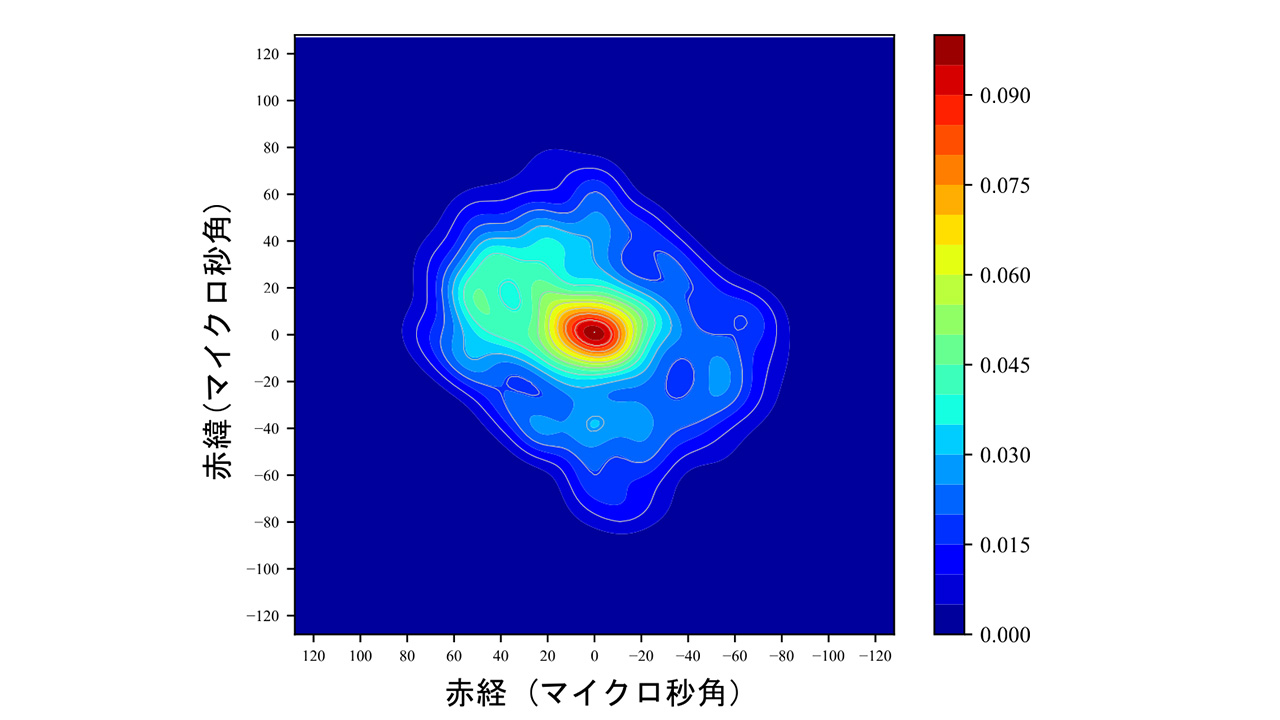2024-10-25 スイス連邦工科大学ローザンヌ校(EPFL)

The correlated vibrational spectroscopy (CVS) setup © 2024 Jamani Caillet
<関連情報>
- https://actu.epfl.ch/news/a-new-spectroscopy-reveals-water-s-quantum-secre-2/
- https://www.science.org/doi/10.1126/science.ads4369
水の水素結合ネットワークを解明する 電荷移動と核量子効果 Dissecting the hydrogen bond network of water: Charge transfer and nuclear quantum effects
Mischa Flór, David M. Wilkins, Miguel de la Puente, Damien Laage, […], and Sylvie Roke
Science Published:24 Oct 2024
DOI:https://doi.org/10.1126/science.ads4369
Abstract
The molecular structure of water is dynamic, with intermolecular (H)-bond interactions being modified by both electronic charge transfer and nuclear quantum effects (NQEs). Electronic charge transfer and NQEs potentially change under acidic / basic conditions, but such details have not been measured. Here, we developed correlated vibrational spectroscopy, a symmetry-based method that distinctively separates interacting from non-interacting molecules in self- and cross-correlation spectra, giving access to previously inaccessible information. We found that OH− donated ~8% more negative charge to the H-bond network of water and H3O+ accepted ~4% less negative charge from the H-bond network of water. D2O had ~9% more H-bonds compared to H2O, and acidic solutions displayed more dominant NQEs than basic ones.



